PARAÍSO
Filmoteca de Galicia | Friday June 6th | 11:00 am | Free entry to all venues until full capacity. It will not be possible to enter the venues after the screening has started.
The Paraíso (Paradise) section brings together Fine Arts students attracted by the creative potential of the moving image, contributing their first suggestive discoveries. The event aims to act as a stimulus and a way to build bridges. It will be divided into two parts: first, a session showing films by students from the Faculty of Fine Arts of Salamanca and the Faculty of Fine Arts of Pontevedra (University of Vigo), this year also with the Fine Arts Faculty of the Complutense University of Madrid. It is an opportunity to share and generate debate about the films, which will be rounded off in the second part by a gathering of students on Sunday.
This work with a promising future would not be possible without the three collaborating teachers who spur on and spark the imagination and creative impulses in their faculties: Laura Gómez Vaquero in Salamanca, Xisela Franco in Pontevedra, and Noemí García in Madrid. They themselves will also then be presenting us with the results of their work.
INHABITING ALL POSSIBLE WORLDS
Faculty of Fine Arts (University of Salamanca)
The films created by students from the Audiovisual specialization in the Degree in Fine Arts and the Master’s in Production and Artistic Practices of the University of Salamanca being presented in the Paraíso section this year put forward diverse, unique views of some of the worlds we inhabit, by means of conscientious, sensitive work with the moving image. Hence, we can find films ranging from a relentless recording of a place that is closed-off, violent and plagued with repeated rules and gestures (Calibre 22, 50 puntos, 25 metros), to a flower catalogue accompanied in an original and festive way by an intermittent voice, the result of a fragmented memory (Manolo el carteru (Manolo the postman)). We can also see a suggestive, mysterious dialogue between the animal world and the human world, talking about loss and intermediate states (Preguntas a un fantasma (Questions to a ghost)). And finally, there is a “three-act mystery”, materializing in the form of a triptych reflecting evocatively and poetically on the human condition (333).
Laura Gómez Vaquero
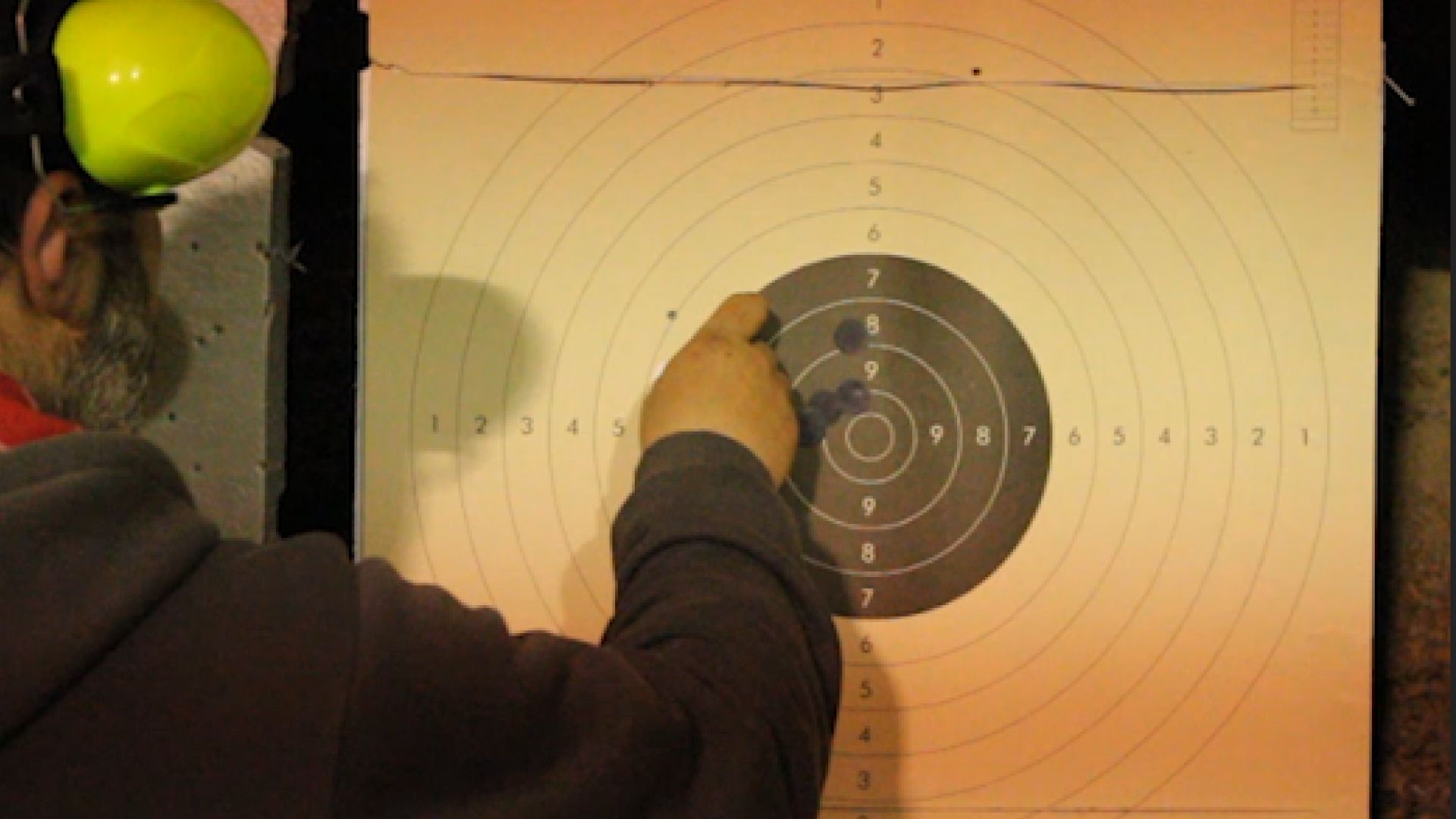
Calibre 22, 50 puntos, 25 metros
Sofía Sánchez Menéndez | 2025 | Spain | Digital | 6 min.
The atmosphere of an afternoon shooting at the Nalón Shooting and Hunting Society, defined by the three factors that give the audiovisual its title: the bullet, the minimum score to aim for, and the distance. (Sofía Sánchez Menéndez)
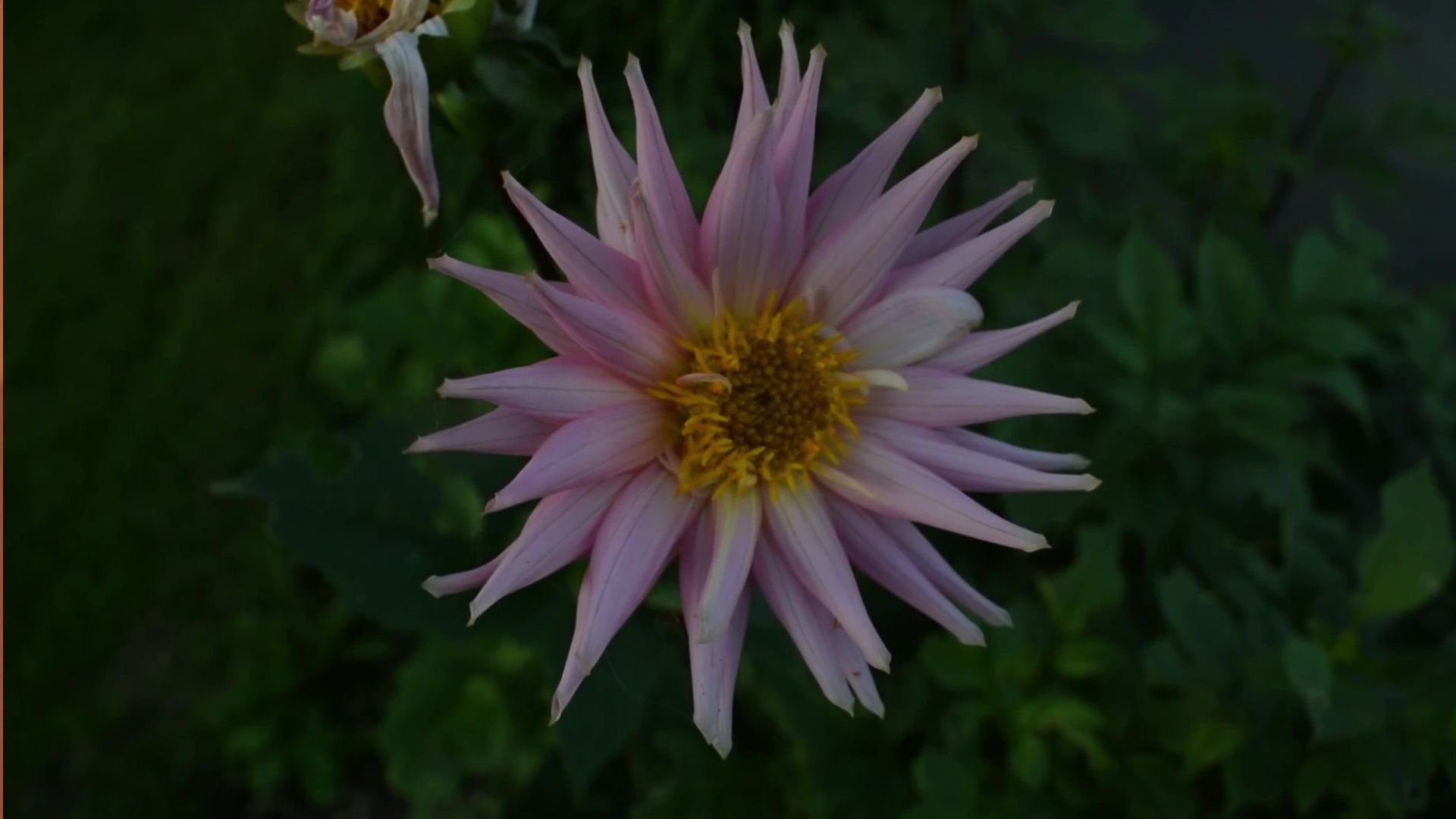
Manolo el carteru
Silvia Alonso Díaz | 2025 | Spain | Digital | 4 min.
Through memory and perception, image and sound become dislocated. An elderly voice, broken up by Parkinson’s disease, speaks without seeking to be understood, just to be heard. With its trembling, the film distances itself from the rationale of language to delve into an experience where the ruptured synchronicity opens up a space for sensitivity, for the personal side, for that which persists beyond words. (Silvia Alonso Díaz)
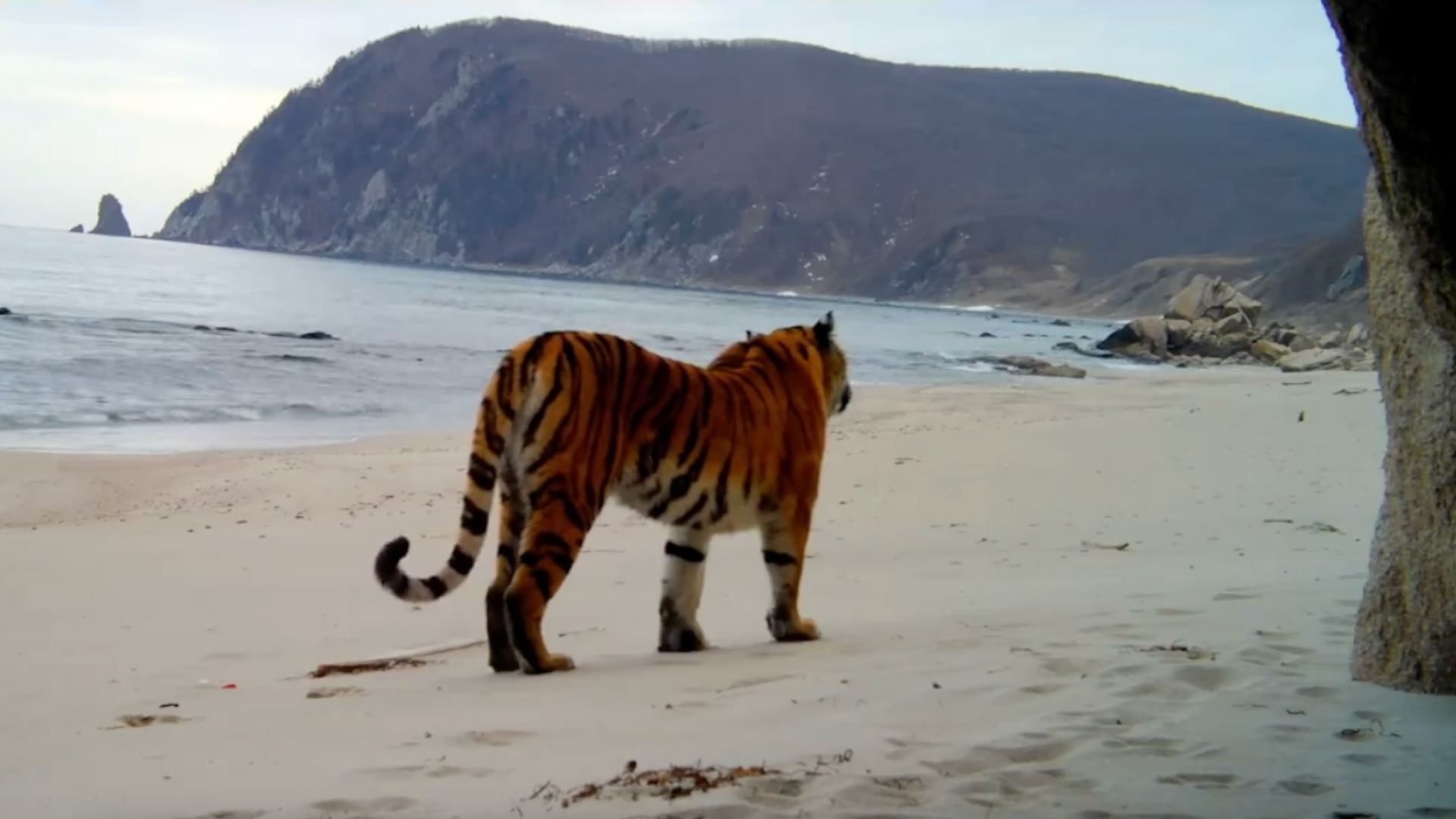
Preguntas a un fantasma
Darío Hernández Tonzán | 2025 | Spain | Digital | 5 min.
A letter, based on material from archives, questions identity as something that haunts both the sender and the intended recipient. (Darío Hernández Tonzán)

333
Sara Fénix | 2025 | Spain | Digital | 6 min.
This is a profound reflection on human identity and the three main elements that make it up: our body, our mind, and our soul. The screen is divided into a triptych that uses text and images to form a visual poem delving into the most fundamental yet complex existential questions about life. (Sara Fénix)
REPAIRING THE PAIN
Faculty of Fine Arts at Pontevedra (University of Vigo)
This year, the five films from the University of Vigo in the Paraíso section take us back to an intimate place where time is felt through the wound, and cinema acts as stitches. The five use film language as a tool for reparation, a willingness to listen that becomes an act of resistance to face pain. It is about not hiding the pain, but embroidering it with threads of light. Each film has an embodied absence pulsing through it: the one of a woman talking of death and mourning in a disappearing village (Sentir); the one of an elderly couple who have won the battle against an electric company, clinging to a house that is no longer a town (Fóra), the one looking back with nostalgia at the sensations of childhood (Dentro), the one seeking meaning in mourning and the farewell to a loved one (Ausencia), and the one turning to friendship as a means of overcoming and of radical hope (Una estrella se estrelló). This year’s films exude tenderness and teach us that sensitivity is not synonymous with weakness, but with lucidity. Faced with the noise of the world, there is a different way of looking at things; one that pauses, that cares and supports. These young artists, students of Fine Arts, quickly understood that cinema can be a way to heal (oneself), repair what has been forgotten, and to be with others.
Xisela Franco
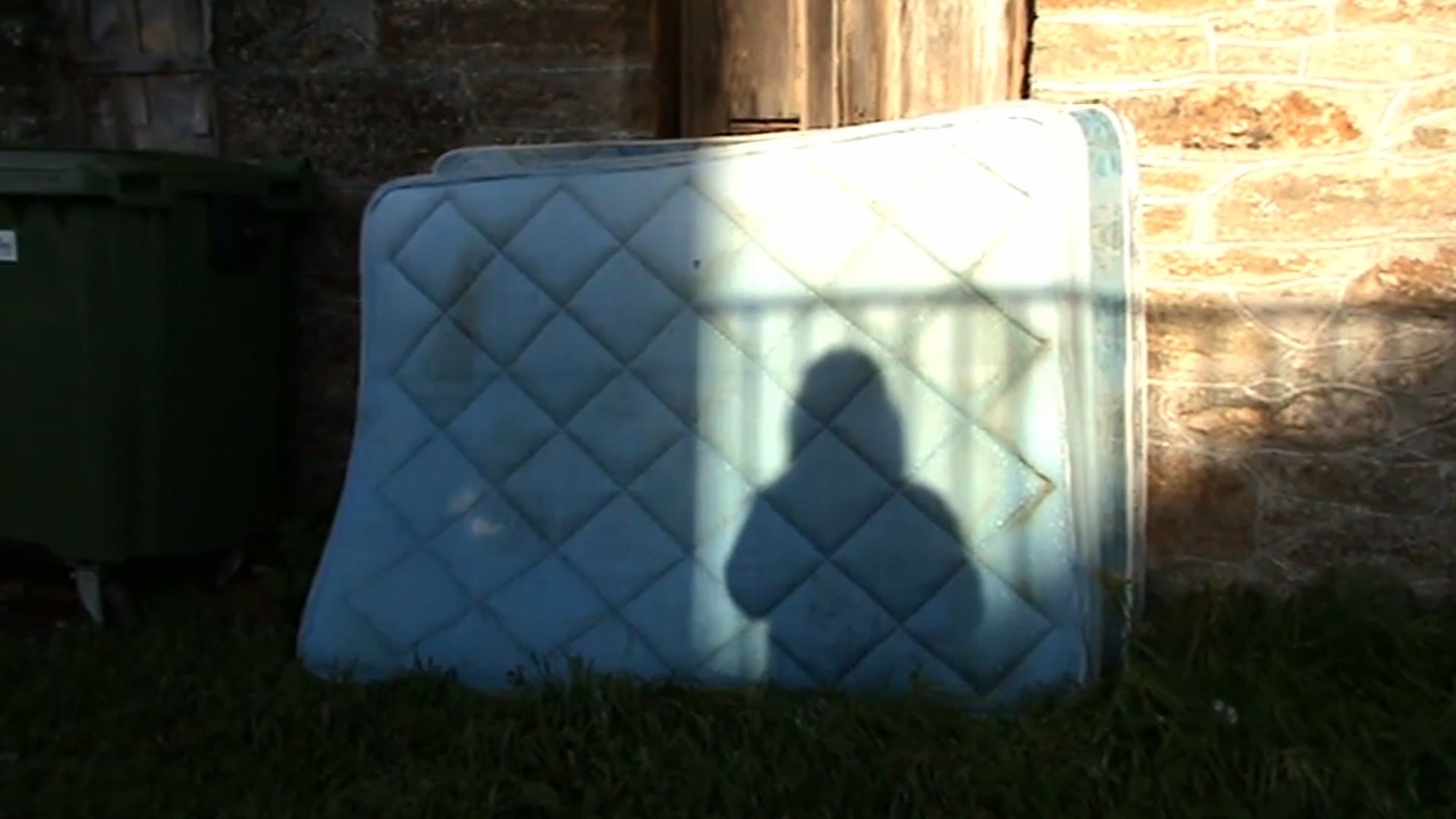
SENTIR (FEELING)
Sara Ricoy | 2025 | Galicia | Digital | 4 min.
Faced with the awareness of the gradual disappearance of something, there are two options: to be complicit in the oblivion, or to try to ensure that something survives. Asking, listening, remembering and documenting. And repeating the process as many times as necessary. Some years ago, Esther spoke to me about death and mourning as collective processes. Of the people she mentioned, few are still alive. Of the village she told me about, little remains. And today Esther barely speaks anymore. When something disappears, what remains? (Sara Ricoy)
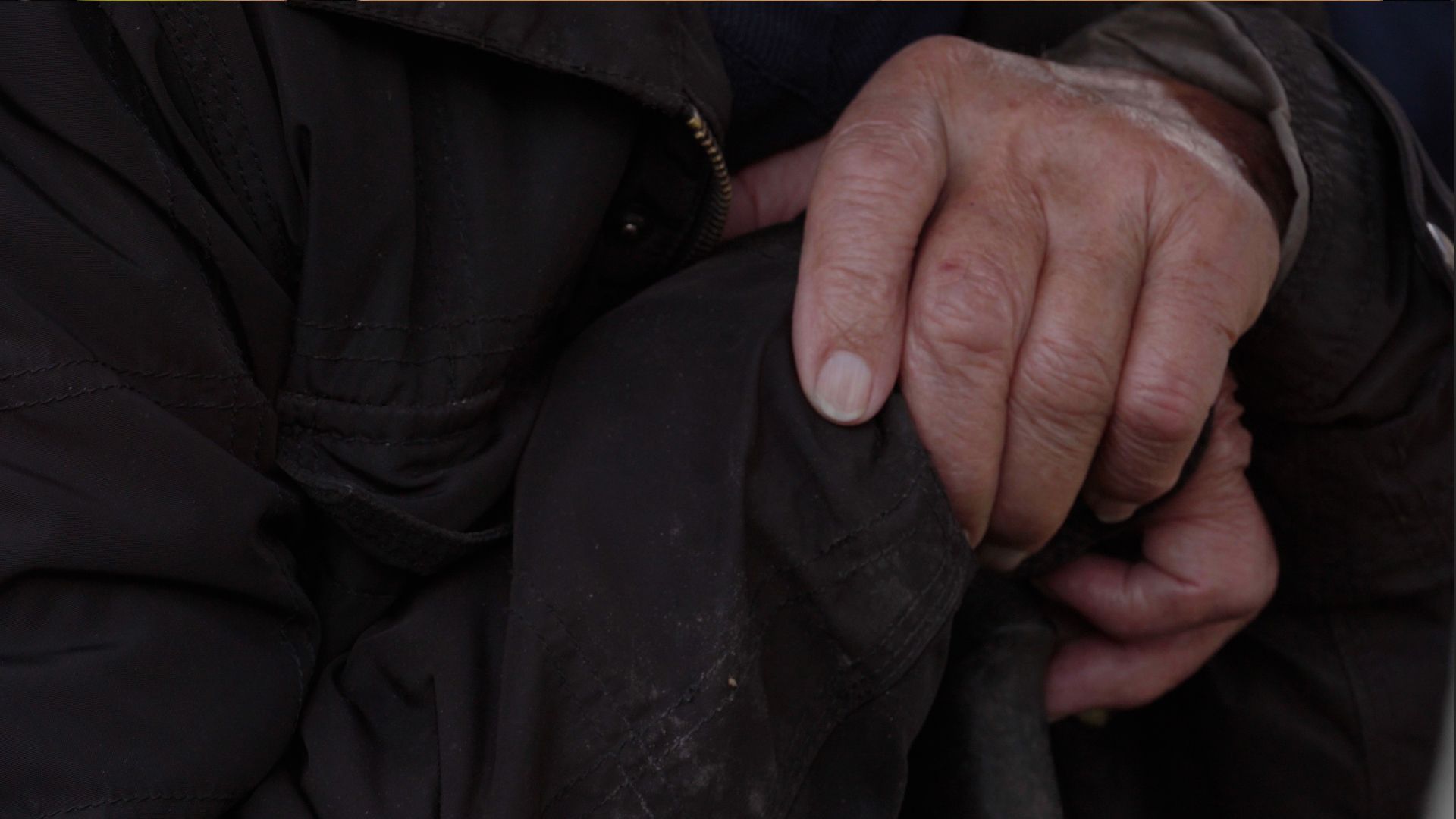
FÓRA (OUT)
Iván X. Esmoris and Sara Ricoy | 2025 | Galicia | Digital | 3 min.
The reservoir was going to be there, but never was. Alone but together, Irene and Eliseo stayed when everyone else had left, and there they remain, on the banks of the Lérez, forty years after refusing to leave. In a small village in the province of Pontevedra, this couple managed to beat the plans for a reservoir that forced them to be alone in the only visible dwelling. They live in their house, which is not theirs, in a town where there is no longer a town. Their life is an exercise in love and resistance; their testimony, a challenge to the passing of time. And they cried: “Fóra Fenosa, que a terra é nosa!” (“Get out, Fenosa, the land is ours!”) (Iván X. Esmoris and Sara Ricoy)
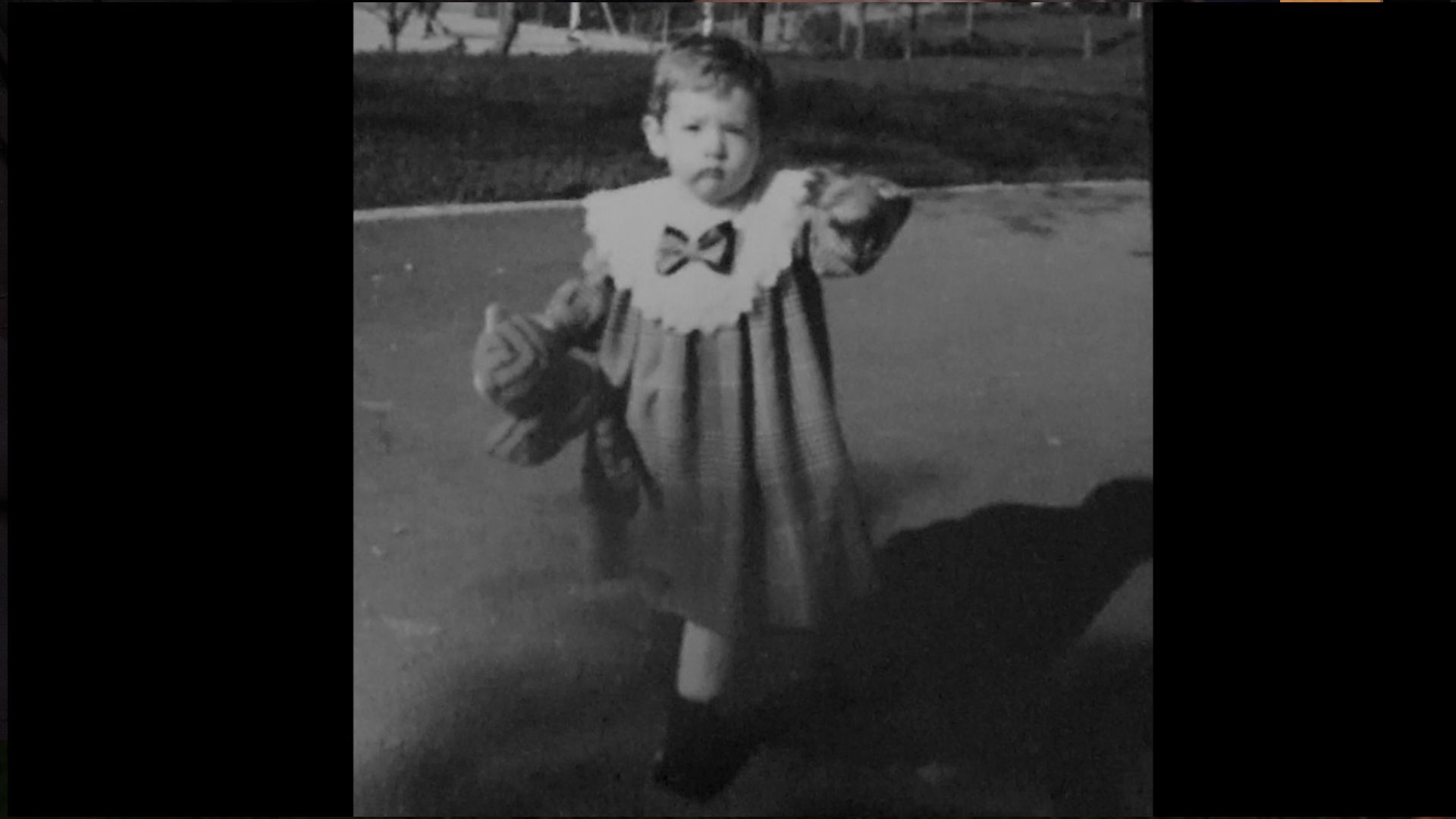
DENTRO (INSIDE)
Irene Santamaría | 2025 | Galicia | Digital | 5 min.
This is an autobiographical journey through sensations, through the symbolic, through what is inside… A mental review of that which leaves a mark in ways that we do not choose, and that we do not always like to talk about. If we shut our eyes and connect with that moment when we were just beginning to be ourselves, perhaps it was not all calm, love and good memories… Perhaps now, from the perspective of your adult self, you can embrace how difficult it was at times and the wounds you have had to heal. Because growing up sometimes hurts, and because growing up sometimes means healing wounds. (Irene Santamaría)
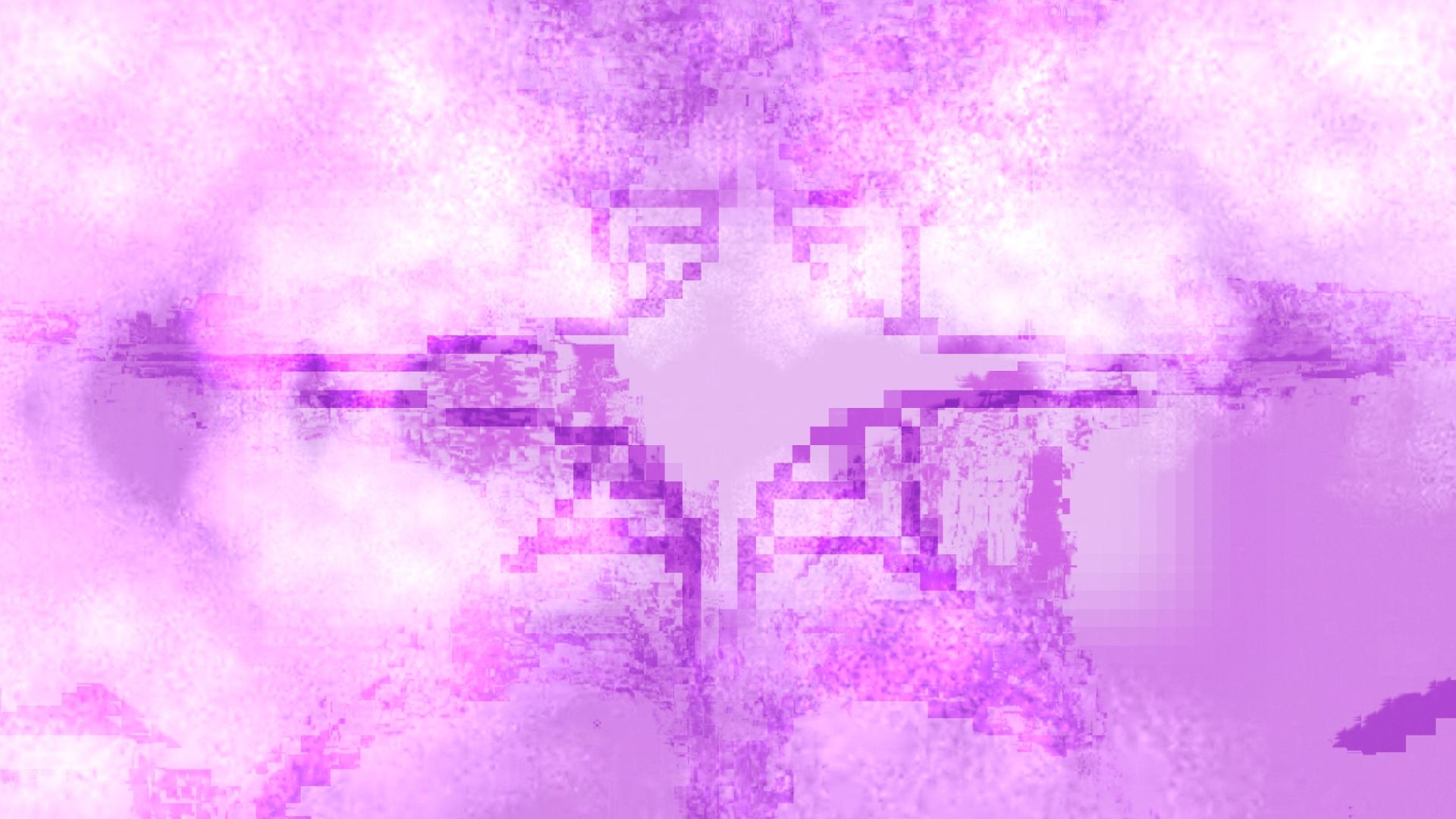
UNA ESTRELLA SE ESTRELLÓ (A STAR EXPLODED)
Rocío Campoy Lage | 2025 | Galicia | Digital | 4 min.
This film explores the importance and appreciation of the circle of support and the network of care that we as individuals need in order to achieve emotional stability and well-being. Intrusive thoughts can invade and cloud our minds, but with a community around us, it is much easier to snap out of our daydreams. Through something as revolutionary as tenderness and friendship, this film is a means of invoking, calling for hope. (Rocío Campoy Lage)
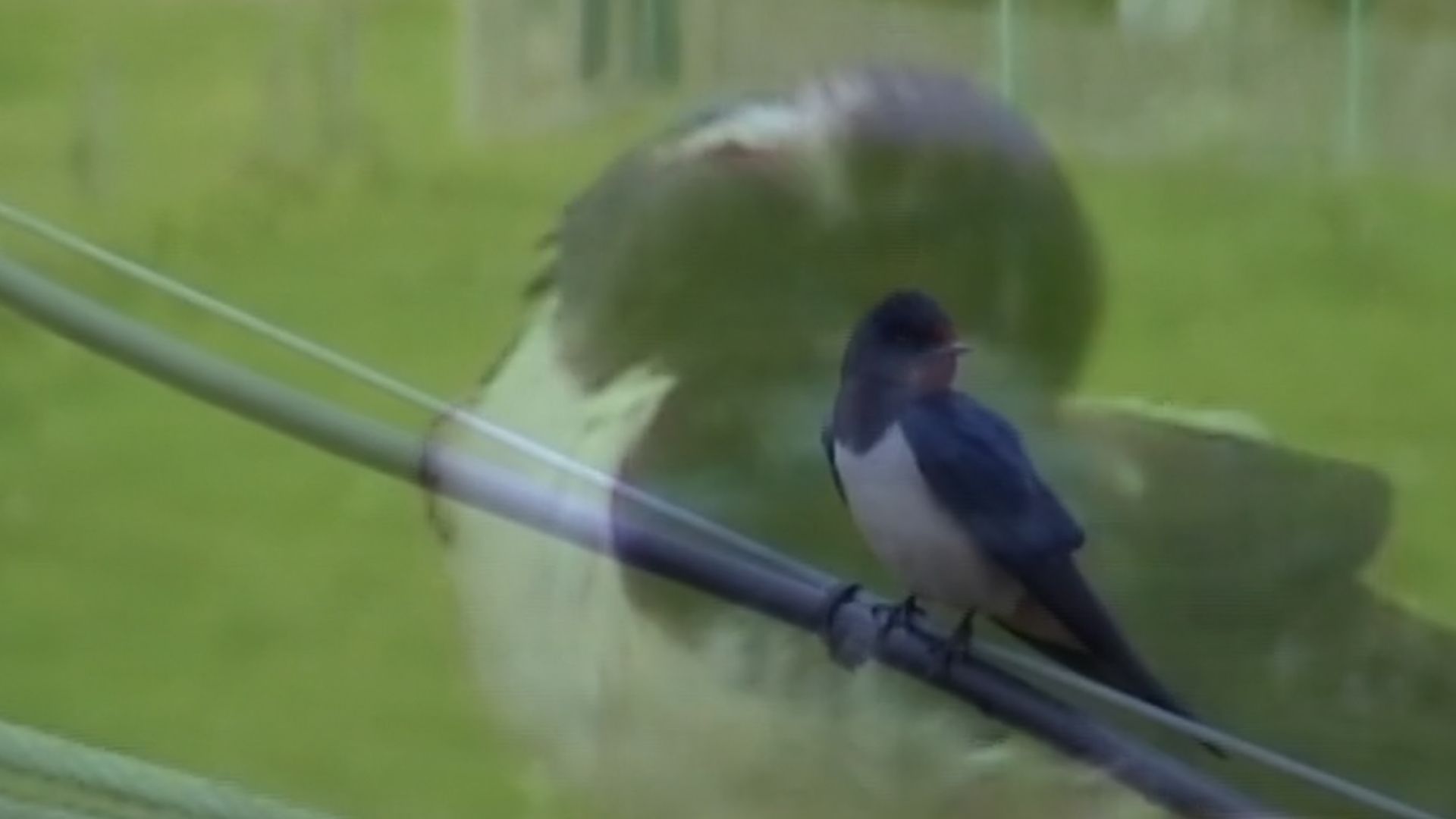
AUSENCIA
Gema Rodríguez | 2025 | Galicia | Digital | 8 min.
Ausencia (Absence) is time, scarcity and fragility that today heals as a result of a film that transcends memory. Observing the darkness and lending voice to the word is the first step towards letting go of pent-up pain and materializing a still-open wound. That song was right when it said, “Every time you go away, you take a piece of me with you,” except that catharsis sews the piece together, heals, and begins the farewell. (Gema Rodríguez)
UN CRISOL DE DESTELLOS (A CRUCIBLE OF SPARKS)
Faculty of Fine Arts (Complutense University of Madrid)
For the first time, the Paraíso (Paradise) section features films by six students from the Faculty of Fine Arts at the Complutense University of Madrid. The selection is a sample of the most experimental work carried as part of the subjects of Audiovisuals and Audiovisual Production taught in the Degree of Fine Arts.
Through the faculty, we encourage students to explore the language of cinema via formal inquiry that also fosters genuine, original exploration of their personal and artistic interests. From this perspective, the five films to be screened delve into a melting pot of film themes and forms that fluctuate between the most classic experimentation and the possibilities offered by artificial intelligence.
Within this selection, we can find reflections on identity understood as a contrast between the personal and the cultural, the multiplicity of the self, the symbolic construction of femininity, the relationship between life’s journeys and the migration of birds, as well as the microscopic observation of living beings.
Each film is a spark of the art res

χιτών
Leo Postlbauer Villa | 2025 | Spain | Digital | 3 min
Chitin is a chemical substance which, along with keratin and bones, survives all the stages of decomposition in a living being. These substances of dead organic compounds take centre-stage in this film.
Keratin, however, is a more human term. It enables our hair to grow, which we take care of or damage, and which means so much to us all. Another human product made from the same substance is our nails. We can leave them long or cut them to work with our hands, bite them if we’re nervous, or paint them our favorite colours.
The title of this work refers to the origin of the word chitin. From ancient Greek, it is translated as chiton, a garment worn by both men and women for protective use. Bodily protection by clothing is thus transformed linguistically into a chemical substance, meaning something that decorates and protects these living beings, including ourselves, with their own body.
The visual representation of certain images under a microscope does not enable us to clearly recognize whether what we have before us is human, insect, or bird. By decontextualizing their origins, the remains make us all equal.
After everything that distinguishes us has gone, only the last thing remains: the perpetual. Without identity, we are united by essential substances: chitin and keratin.
(Leo Postlbauer Villa)
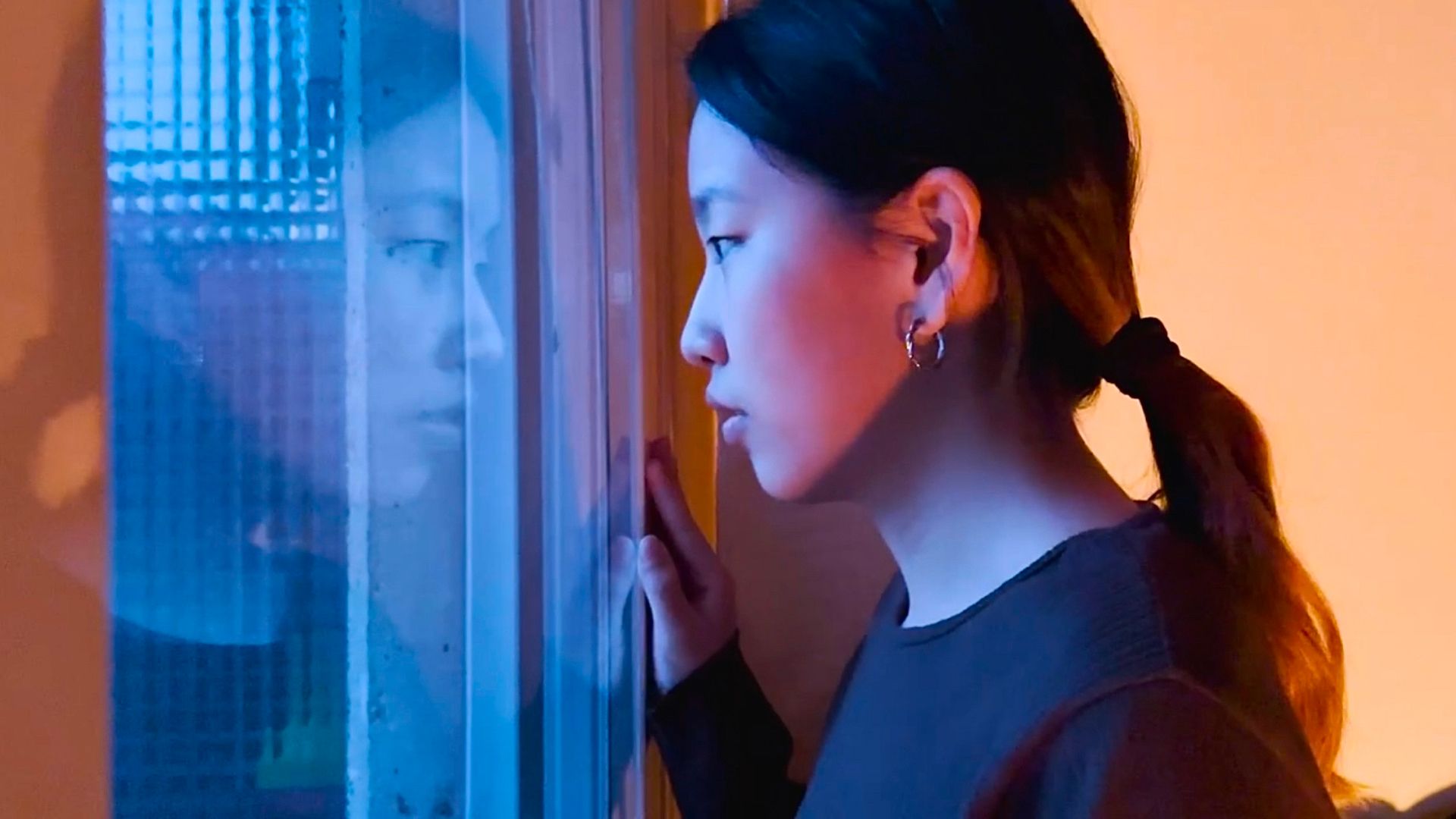
Por tu bien
Candy Zhu Qian Wen and Juntian Li | 2025 | Spain | Digital | 5 min
Por tu bien (For your own good) is an audiovisual work in which we express our concerns, doubts and disagreements as regards certain traditions and impositions that the younger Chinese generation is asked to comply with, in this case concentrating especially on the topic of marriage. This is because it is the issue that most concerns us, Chinese women in our late twenties: we must start a family before we turn thirty so as not to be considered unwanted women. Confronted with this conflict, and due to our lack of courage to communicate with our parents, we decided to project all of our emotions and messages onto this proposal. (Candy Zhu Qian Wen and Juntian Li)
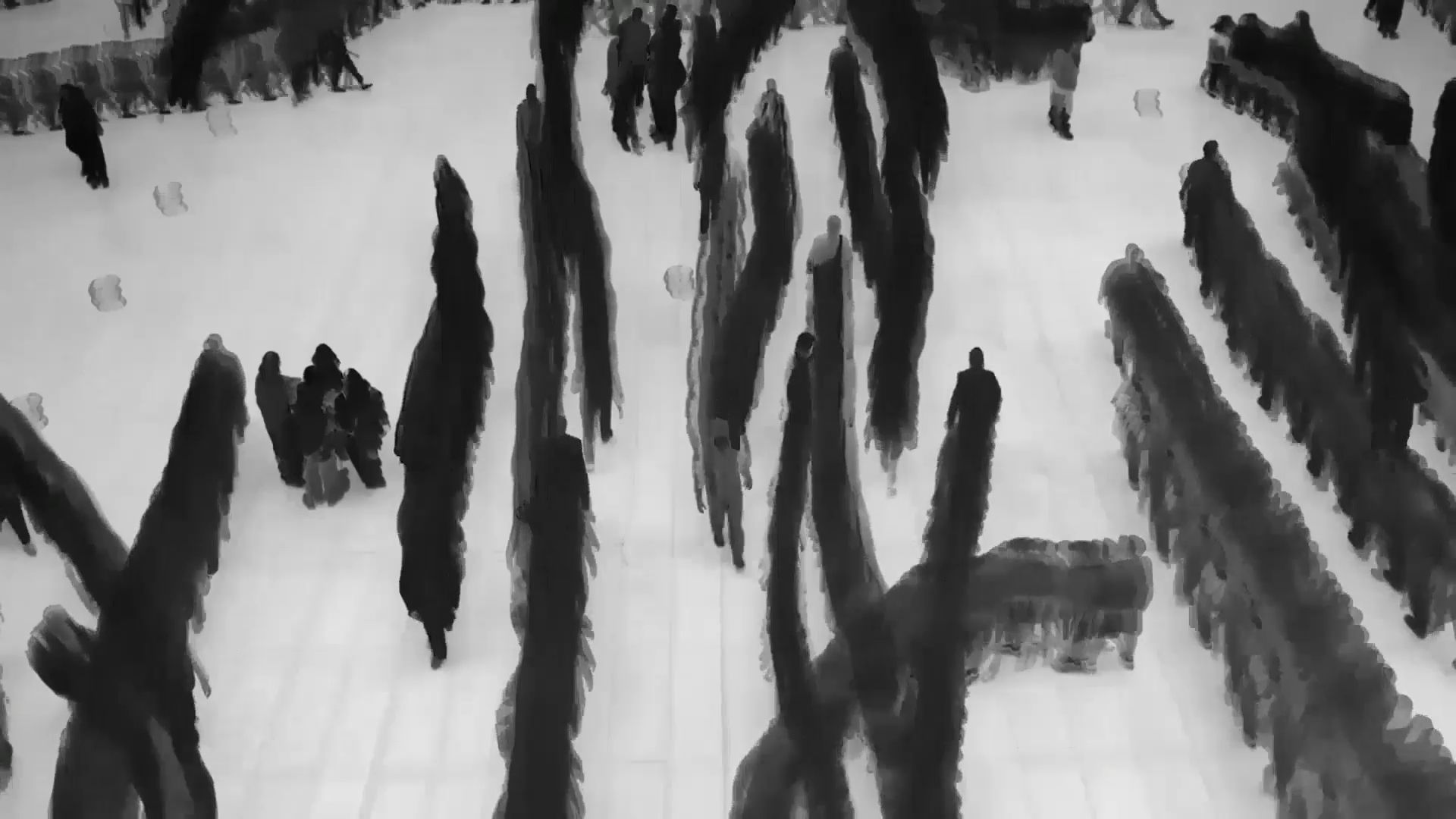
Rutas migratorias (Migratory routes)
Raquel Barbero Cienfuegos | 2025 | Spain | Digital | 2 min
This video contrasts the tracking of migratory bird routes with that of caged birds. In turn, birds are also compared to people, with the aim of getting the viewer to wonder what their path of life would look like. Would it be long or short? Would they stay in one spot for a long time? And where would it be?
However, when the path of your life does not depend solely on you, it also depends on external factors beyond your control such as the sedentary lifestyle inherent in traditional office work or addictions to entertainment. (Raquel Barbero Cienfuegos)

CARNE-FICCIÓN (FLESH-FICTION)
Luna Blanco Pines | 2025 | Spain | Digital | 5 min
CARNE-FICCIÓN puts forward a personal reflection on the symbolic construction of femininity as a mask, ideology and cultural legacy. The narrator—an embodied yet fragmented voice—explores her relationship with the camera from birth: a device that observes, shapes and reinterprets.
Through a non-linear narrative that combines fiction and performance, the stereotypes inherited by women throughout the history of cinema are questioned, understood to be signs of a performative, fragile and domesticated femininity. The voiceover questions her own desire to embrace femininity, while an older woman practises and lives her femininity without oppression: a fiction that escapes the imposed patriarchal lens.
The film shifts the camera from recording to reflection, from an external gaze to an internal gesture, revealing a consciousness that transits between the personal and the political, the intimate and the archetypal. CARNE-FICCIÓN adopts a hybrid language between the experimental and the essay, where the image and the word create a device for critique that challenges normative visual narratives.
(Luna Blanco Pines)
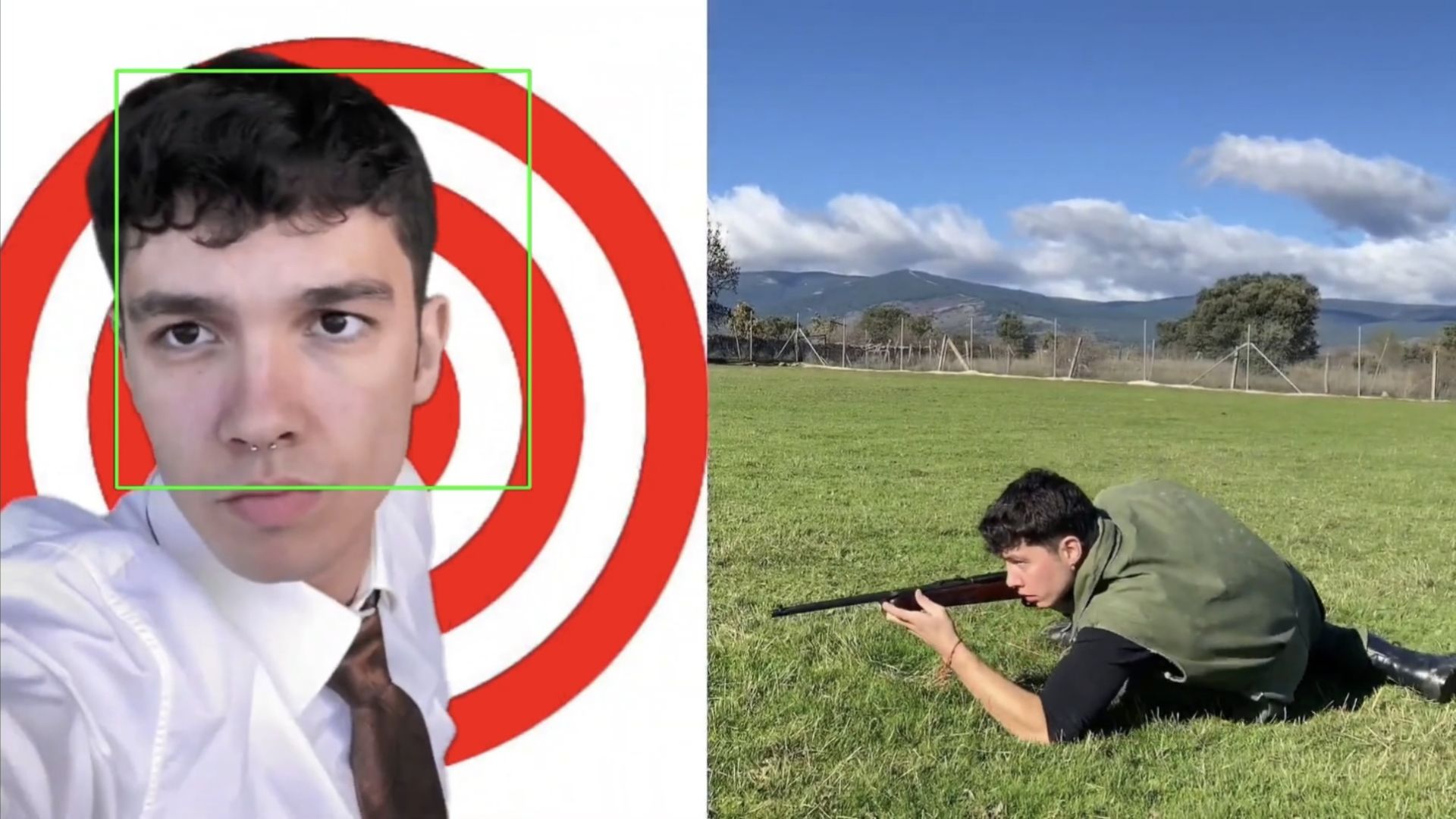
¿Qué es real en mí? (What is real in me?)
Daniel Rodero Sanz | 2025 | Spain | Digital | 5 min
A short film reflecting on the multiplicity of oneself, on all the people I have been, am, and will be over time, and on how to live with the constant doubts about my identity. This is a journey to find tranquility in being lost with oneself. (Daniel Rodero Sanz)
